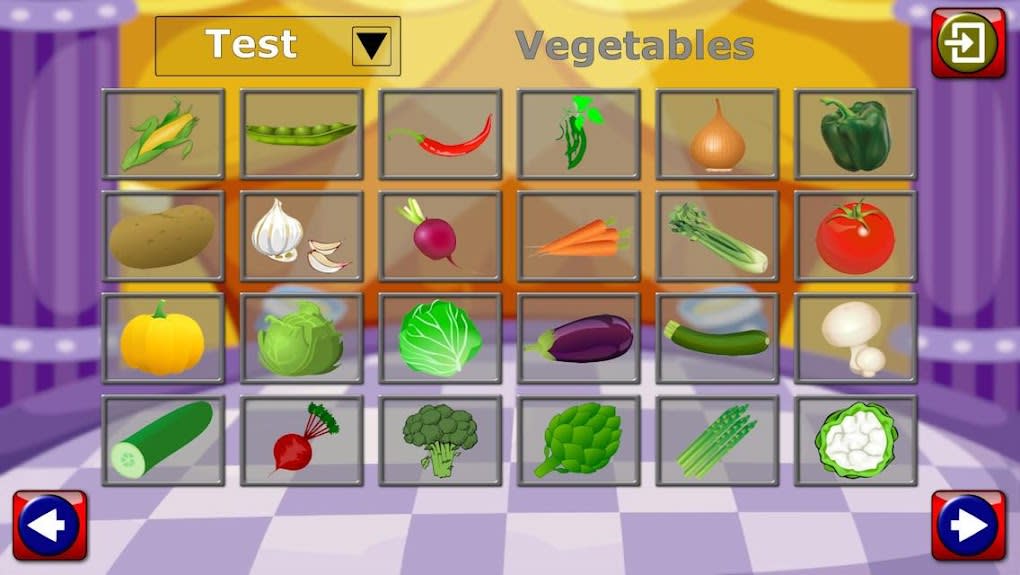
Perhaps yours had duplicate words such as Miro and miro. I didn't see anywhere in the program where data was ever incremented, except if you had a duplicate word in the dictionary. I suspect the problem was in the function max: if (e & ((int) e->data > max_size)) check mirorįirst off, I ran your program but it didn't ever find any word. The runtime speeds are faster than the original Python program in the post above, but I feel could still be improved upon. If (!readFile(dictionary, dict)) return -1 Ĭhar *corrected_word = correct(argv) Īs you can see, the accuracy is somewhat low. Void array_cleanup(char **array, int rows) If (fd str_size) || ((offset + limit) > str_size) || (str_size data > max_size)) Int readFile(const char* fileName, ENTRY dict)
#Words for spelling corrector code
Refinement: In what ways could I shorten my code down a bit?Ĭhar *dictionary = "/usr/share/dict/words" Ĭonst char alphabet = "abcdefghijklmnopqrstuvwxyz0123456789" įor (char *s = word *s ++s) *s = tolower(*s) Speed: Are there any improvements that could be made to improve runtime speeds?
#Words for spelling corrector how to
For more information about user word-list files, see Using word lists.I recently stumbled across this article on how to write a spelling corrector, and figured I'd try to have a go at it in C (mainly because the link at the end of the page for the C code is broken).Īccuracy: What can I do to make the program output a more accurate prediction of what it thinks the correct word should be? You can also skip all occurrences of a word for all proofreading sessions by adding it to a user word list. When the spelling or grammar checker stops, click Skip all. When the spelling or grammar checker stops, click Skip once. When the spelling or grammar checker stops on a word, click Auto replace. If the spelling checker does not offer replacement words, you can edit text manually in the Replace with box. When the spelling or grammar checker stops, choose a word or phrase from the Replacements list. When the spelling or grammar checker stops on a word or phrase, click where you want to make changes.

If you want to disable the Auto start command, click Options Auto start to check a drawing, you must click the Start button in the Writing tools dialog box. To check the spelling or grammar of selected textīy default, the Auto start command is enabled for the spelling checker and Grammatik.

The options available from the Check list box vary according to the type of drawing that you are checking. To check the spelling or grammar in an entire drawingĬlick Text Writing tools, and click one of the following:įrom the Check list box, choose one of the following: You can skip a writing error once but flag subsequent occurrences of the problem, or you can skip the error throughout the entire proofreading session. For more information about user word-list files, see Using word lists. Automatic replacement words are stored in a user word-list file. Defining automatic replacement words is useful for words that are regularly misspelled. The spelling checker and Grammatik replace words or phrases in two ways: you can choose a word, or define an automatic replacement for a word. You can manually edit text and then resume checking the drawing. By using the spelling checker and Grammatik, you can check the spelling and grammar in an entire drawing, part of a drawing, or only selected text. The writing tools let you check your text in many ways.


To check the spelling or grammar of selected text To check the spelling or grammar in part of a drawing To check the spelling or grammar in an entire drawing


 0 kommentar(er)
0 kommentar(er)
